Allergies and intolerances
Learn more about the most important types of allergies and intolerances and what you can do in each case.

Anaphylaxis (allergic shock)

Chemical substances
Every day we come into contact with chemical substances, such as cosmetics, cleaning agents and dyes. Some can cause an allergy or irritation.
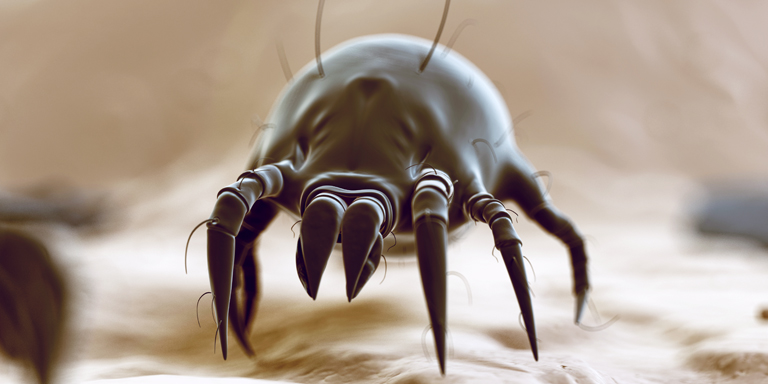
House dust mite allergy
House dust mites live in homes and offices all year round. Their tiny droppings can trigger sneezing, a blocked nose or even asthma in allergy sufferers.
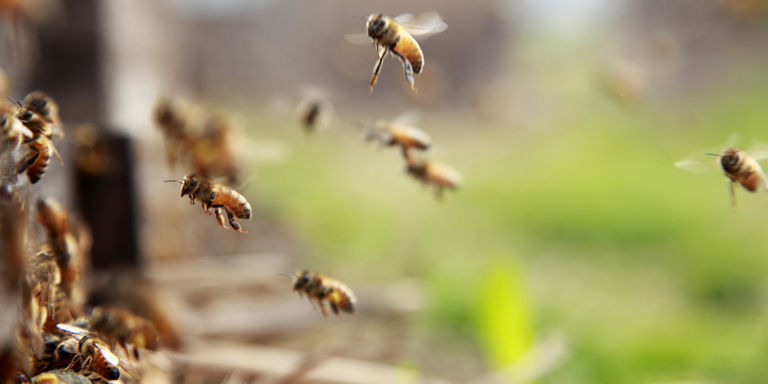
Insect venom allergies
Bee stings occur mainly in spring and summer, whereas wasps are active in late summer and autumn. Their stings can trigger life-threatening reactions in the event of an allergy. Sufferers should therefore always carry an emergency kit with them.

Latex allergy
Products containing latex can produce allergic reactions and even cause a cross-reaction with certain foods.

Drugs: allergies and intolerances
Although adverse drug reactions are common, they are only sometimes due to allergy or intolerance.

Food allergies
A food allergy is based on an immune reaction by the body to harmless vegetable or animal proteins (allergens).

Food intolerances
The term, food intolerances, covers a range of non-allergic reactions to food.
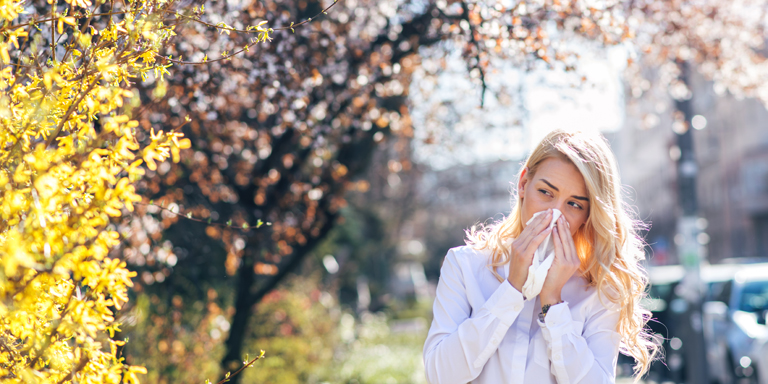
Pollen allergy (hay fever)
Pollen allergy (hay fever) is a reaction to one or more types of pollen. It involves the immune system reacting to the proteins of pollen, which in themselves are harmless.
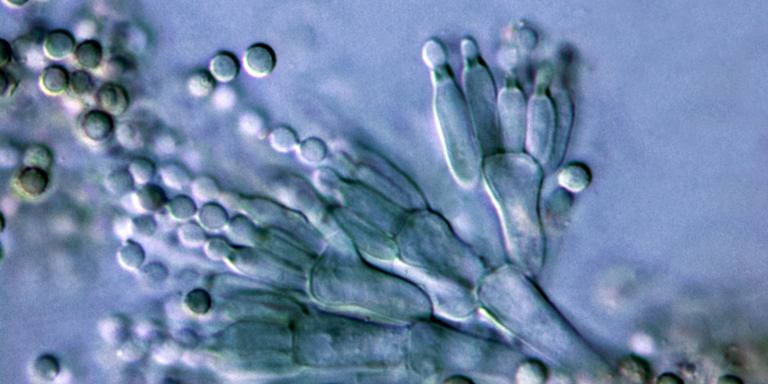
Mould allergy
Moulds are found all over the world, and proliferate particularly in damp environments, both outdoors and indoors.

Animal allergy
Allergies to cats, dogs, horses and rodents are common and may cause allergy symptoms throughout the year.
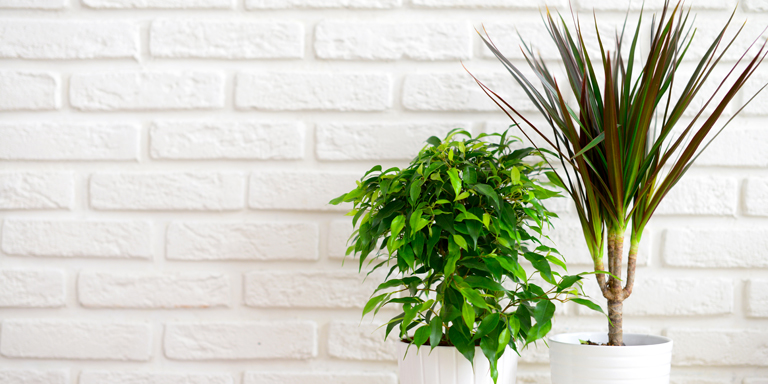
Indoor plants
Indoor plants make us feel better. However, there are also some that are known to trigger an allergy.

Good to know
More information about allergy tests, allergy prevention desensitisation, complementary medicine and much more besides helps cope with allergy issues. Our focus topics are also given here.

